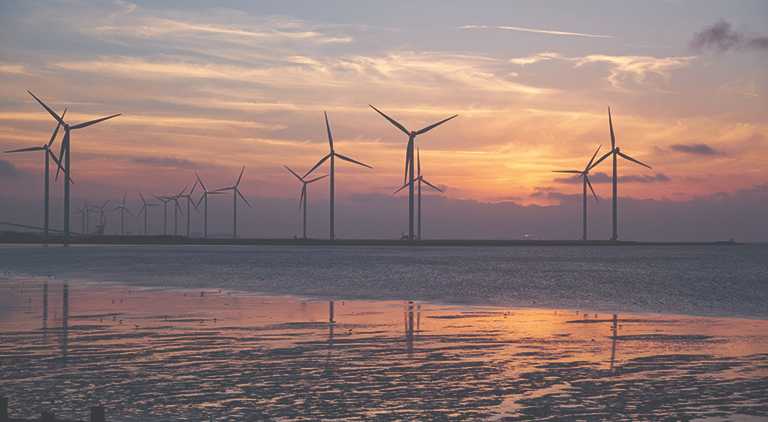Tripling Renewables Investment to Reach Climate Goal
By EPR Magazine Editorial December 5, 2020 11:04 am IST
By EPR Magazine Editorial December 5, 2020 11:04 am IST

New report confirms global investment rise in 2013-2018, but calls for considerable mobilisation of capital to recover from COVID-19 and build a climate-safe world
Global renewable energy investment increased between 2013 and 2018, reaching its peak at USD 351 billion in 2017, according to a new report by the International Renewable Energy Agency (IRENA) and Climate Policy Initiative (CPI). The 2020 edition of Global Landscape of Renewable Energy Finance highlights however, that while a cumulative USD 1.8 trillion were invested during the five-year period, the amount falls short to achieve the global climate commitments.
Renewable energy investment slightly declined in 2018, with modest growth through 2019. Although this was largely due to the decreasing costs of renewables, the total installed capacity continued to grow. The current level of investment is still insufficient however to keep the rise in global temperatures within the 1.5°C objective by mid-century. To achieve this climate goal, investment in diverse renewables technologies must almost triple annually to USD 800 billion by 2050.
Ambitious commitments from governments are needed, backed by supporting measures such as moving subsidies away from fossil fuels. Further investments are also needed in system integration and enabling technologies that increase system flexibility such as batteries and energy storage. To that end, policies that enable the integration of new renewables capacity additions into the energy systems are needed, leading to their decarbonisation and bringing wide socio-economic benefits.
“The investment trend in renewable energy before COVID-19 was a positive one,” said Francesco La Camera, IRENA’s Director-General. “But COVID-19 has shown us that much more effort is urgently needed to put us on a climate compatible pathway and help us recover better with a sustainable, resilient economy. Decision makers must design systemic approaches to policies that encourage and speed up the flow of investment into renewables, and away from fossil fuels, and doing so enable economic growth, social resilience and welfare.”
We use cookies to personalize your experience. By continuing to visit this website you agree to our Terms & Conditions, Privacy Policy and Cookie Policy.